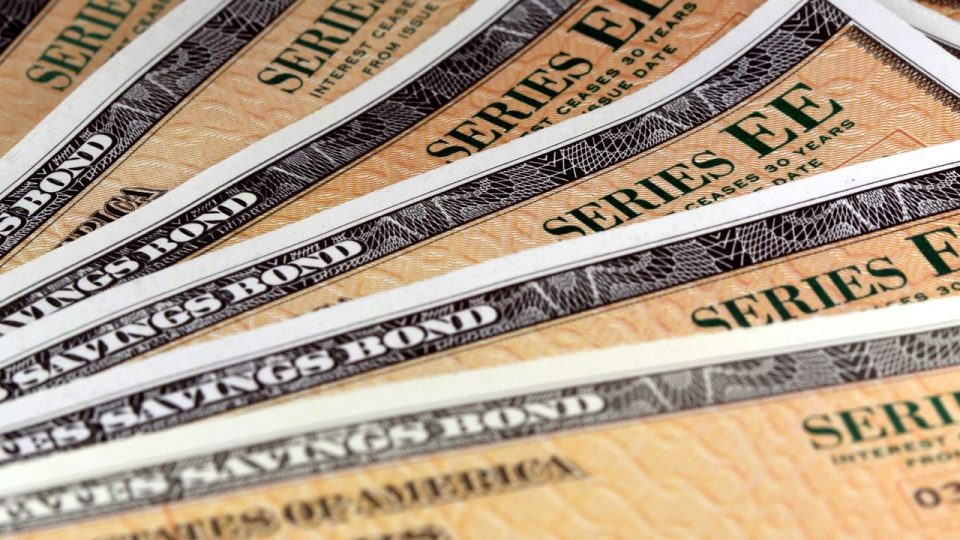Indian government bonds strengthened sharply, especially with shorter maturities, as US bond yields plummeted as investors flocked to the safety of US bonds after the collapse of California-based Silicon Valley Bank (SVB).
Falling US bond yields have increased the appeal of high-yielding fixed-income assets in emerging markets such as India. The rupee also strengthened, gaining 14 paise to 81.91 against the dollar, with traders citing lower US bond returns leading to weakness in the dollar index.
The most liquid Indian 10-year bond last traded at 7.38%, compared with Friday’s close of 7.43%. Bond prices and yields are inversely related. In contrast to the sharp drop in US short-term Treasury yields, the domestic five-year Treasury yield fell more than the ten-year Treasury yield.
The most traded five-year government bond in the secondary market was last at 7.30%, 10 basis points below its previous close. Short-term government bond yields have fallen sharply, causing India’s sovereign yield curve to steepen after a sharp flattening and even inverted recently.
US bond yields plummeted as SVB’s asset forfeiture and the resulting ripples through the US banking sector led to expectations that the Fed would opt to delay new or smaller rate hikes.
Analysts at Goldman Sachs reportedly said Sunday that they do not expect the Federal Reserve to raise interest rates at its meeting on March 22, given the latest bout of volatility in the banking sector.
The yield on the 10-year US Treasury note fell 23 basis points on Friday, while the yield on the two-year note, which is extremely sensitive to interest rate expectations, plunged 31 basis points.
Currently, fed funds futures, which reflect expectations about the trajectory of US policy rates, are pricing an 85% chance of a 25-basis-point rate hike this month and a 15% chance of a pause. Earlier this month, futures priced in a nearly 70% chance of a 50 basis point rate hike by the Fed in March.
Some aspects of the official US jobs report on Friday also reinforced the view that the Fed is more accommodating in raising interest rates. While job creation remained strong in February, average hourly earnings rose less than expected.
 Live
Live

